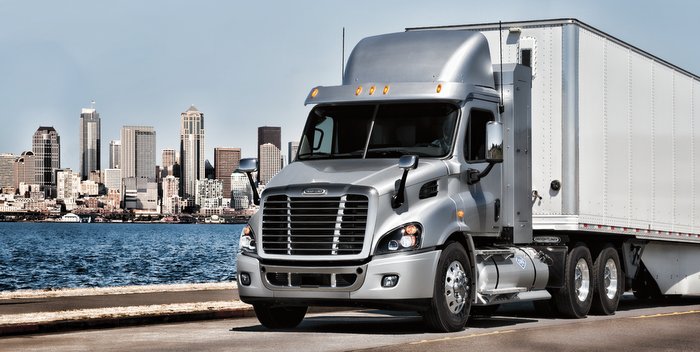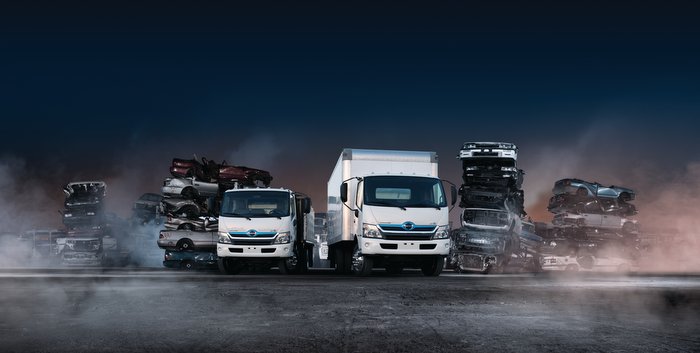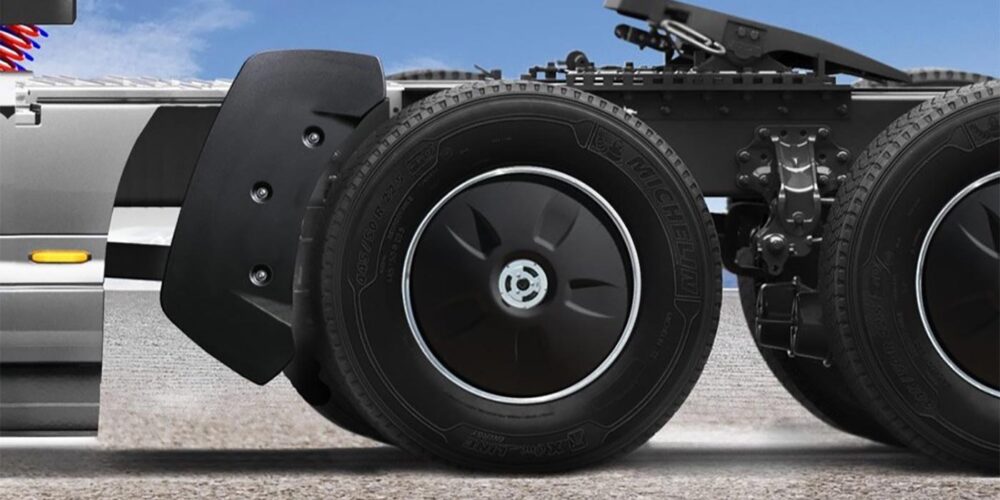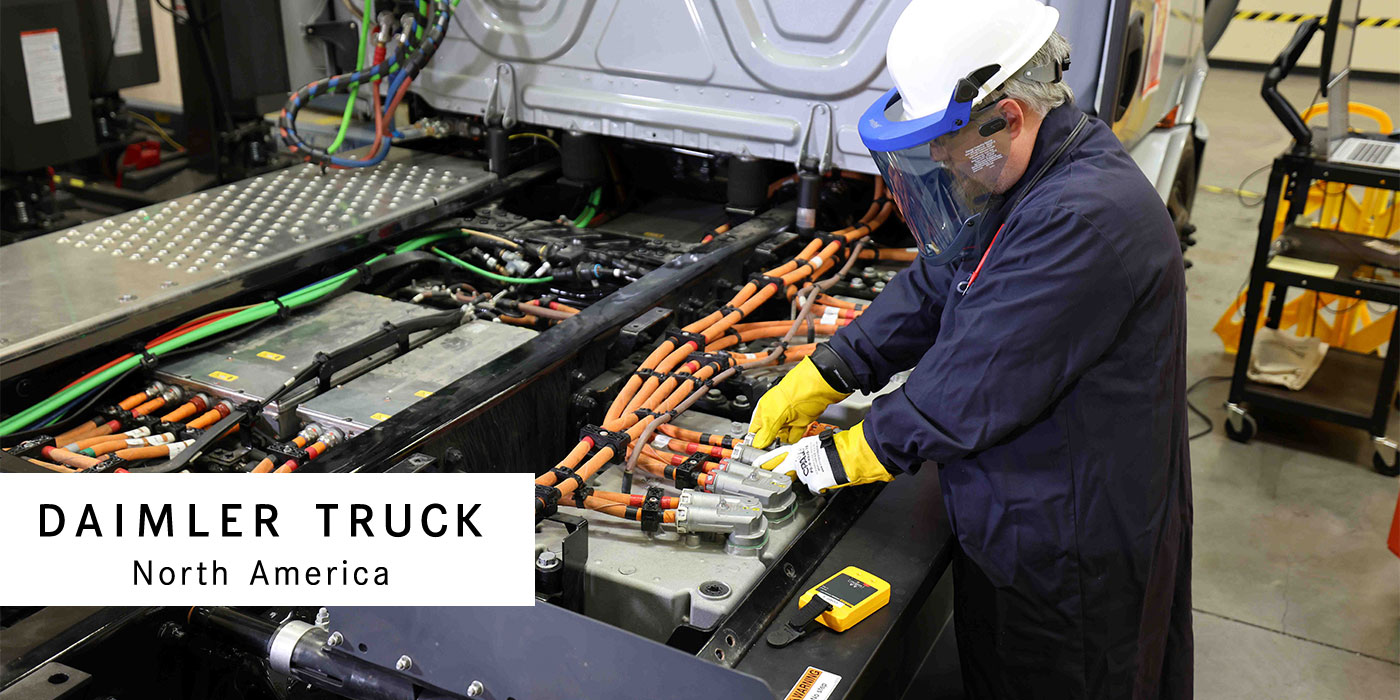Over the years, we have been witness to the ebb and flow of alternative fuels for on-highway vehicles, which has been driven the price and/or availability of oil. Typically, fleet applications drive the choice for specific alternative fuels. We asked truck original equipment manufacturers (OEMs) about the current alternative fuel trends and demands, and where fleets might still find tax incentives.
Shifting paradigm
The shift over the past five years has been fairly consistent from diesel to natural gas in the heavy-duty market where it is available. “CNG is the preferred fuel, with LNG ordered by a few customers. Even so, the natural gas market is only approximately 1% of the total market,” says Robert Carrick, natural gas sales manager for Freightliner.
Bryan R. Henke, manager of products for Freightliner Custom Chassis Corp. (FCCC), points to the current price of diesel and gas for “driving customers away from alternative fuels.”
Charles Cook, Peterbilt’s marketing manager for vocational products, responds: “Daily routes, duty-cycles, expected vehicle life cycles, fuel price stability and refueling infrastructure are key factors in the decision process when considering natural gas vehicles. The choice to go with natural gas should be a long-term move due to the added cost of the vehicles and fueling infrastructure. Additionally, once a Class 7 or Class 8 truck is built for natural gas, it is dedicated to run on natural gas and not easily converted to diesel. That said, Peterbilt has seen consistent sales volume of natural gas vehicles for the past several years.”
“Typically, fleet applications drive the choice for specific alternative fuels,” says Steve Gilligan, vice president of product marketing for Navistar. “Of the applications that are driving the choice for alternative fuels, the largest is currently refuse where the customer is also the producer of the fuel because of the bio methane generated in landfills. The school bus segment, for example, is another area where the customers are requesting access to propane due to regional market availability or operating costs considering current incentives.
“Very few other applications, however, lend themselves to alternative fuel being a more cost-effective alternative than diesel,” Gilligan continues. “In addition, chassis packaging of the fuel tanks is more difficult with alternative fuels and vehicle typically weight more as well. Most purchasers tend to be influenced by operating cost and currently B/E period for the fuel savings to offset the incremental cost of the engine, tanks, and vehicle modifications ranges from six to well over 10 years depending on application and annual mileage. Some line haul applications are still conducive to natural gas, but the secondary market for used vehicles is currently in an infancy state.”
“The biggest shift would be the adoption of alt fuels by fleets who stand to benefit from the selected fuel choice because that fuel is sourced from the industry the fleet is involved in,” says Adrian Ratza of Hino Motors Manufacturing U.S.A. “Good examples would be CNG for a waste/refuse application, an electric drivetrain for an electrical utility company, or the use of biodiesel blends by a waste oil recycler. Outside of that, fleets are still going to choose the fuel option that makes the best business sense for them.”
Federal and state funding
Carrick reminds us that federal vehicle funding for alternative fuel vehicles has not been available for about four years. “There is some state funding available around the country, and the best way to determine what funds are available is to access the state websites and search for funding for deployment of natural gas vehicles,” he says. “Some states that have funding or tax credits available are California, Texas, Washington, Utah, Colorado, Nebraska, Maryland, Florida, Indiana, and Ohio.”
Gilligan agrees. “A few years ago some fleets (primarily vocational and government) were eligible for tax incentives for the purchase of alternatively fueled vehicles,” he says. “Some states and regional authorities still provide incentives. These incentives are driven by greenhouse gas concerns in some cases, and local infrastructure costs in others. Most private companies, especially those involved in interstate commerce, have a hard time taking advantage of these incentives. The California Environmental Protection Agency, the Air Resources Board for example, continues to be a good resource for this grant information.”
“Incentives are still available and Peterbilt and its dealer network encourage customers to seek out incentives for which they are eligible,” notes Cook. “The Alternative Fuel Data Center, part of the Department of Energy, maintains a listing.”















